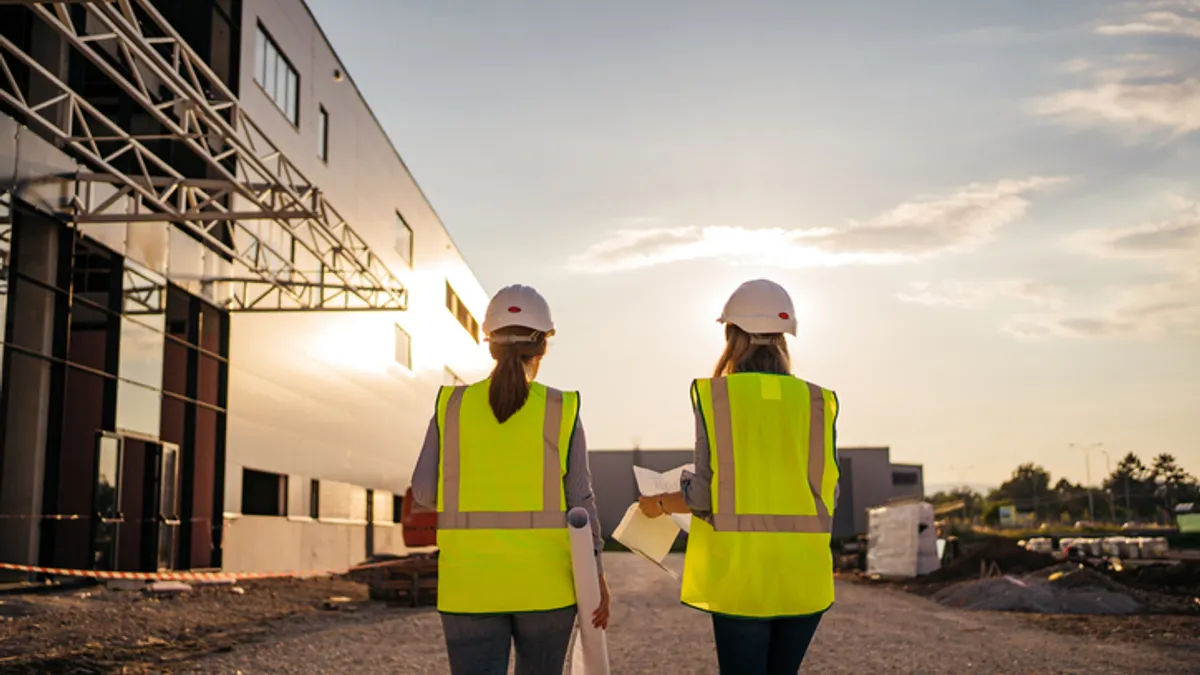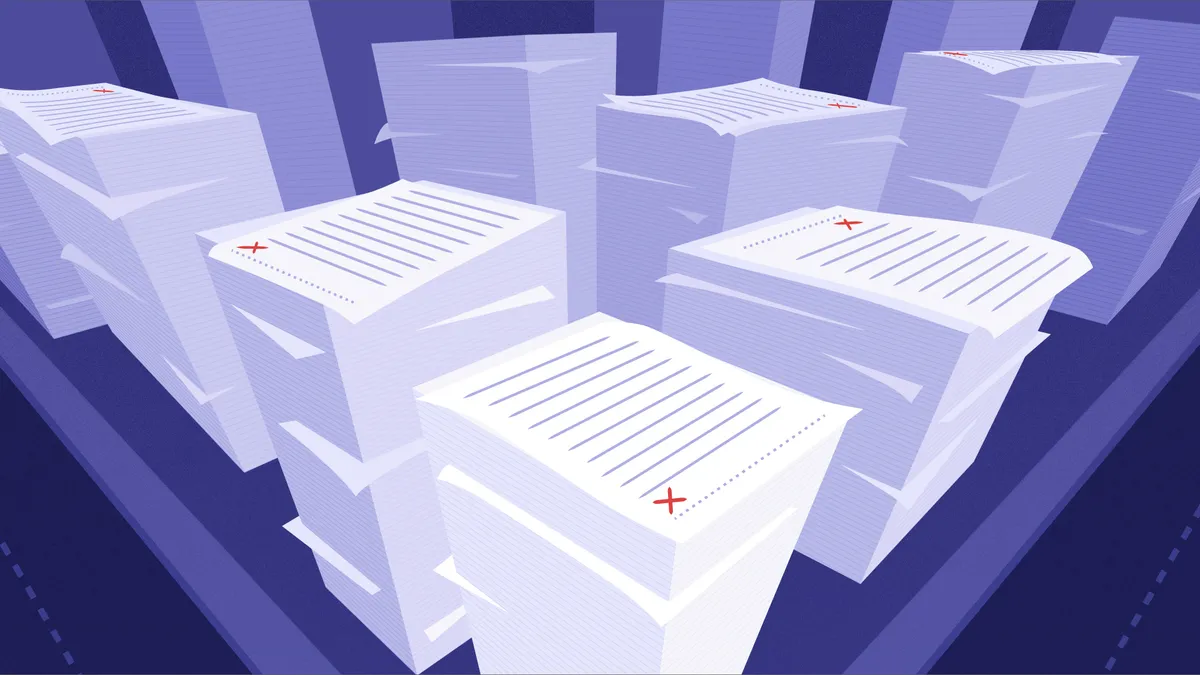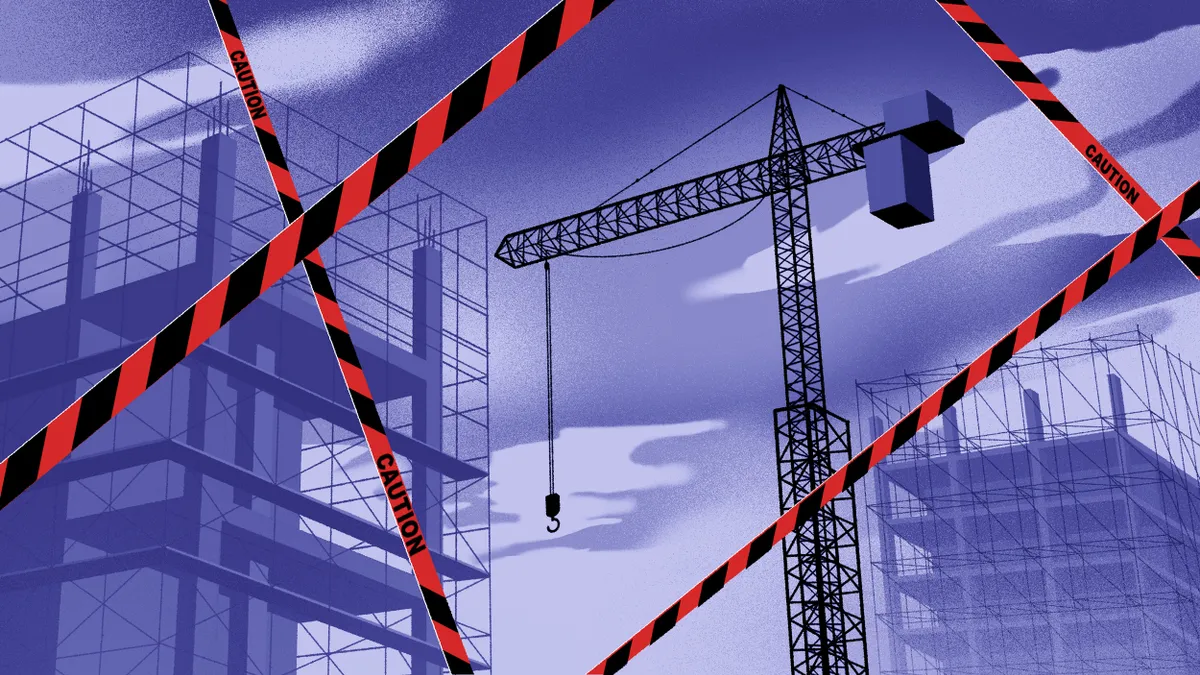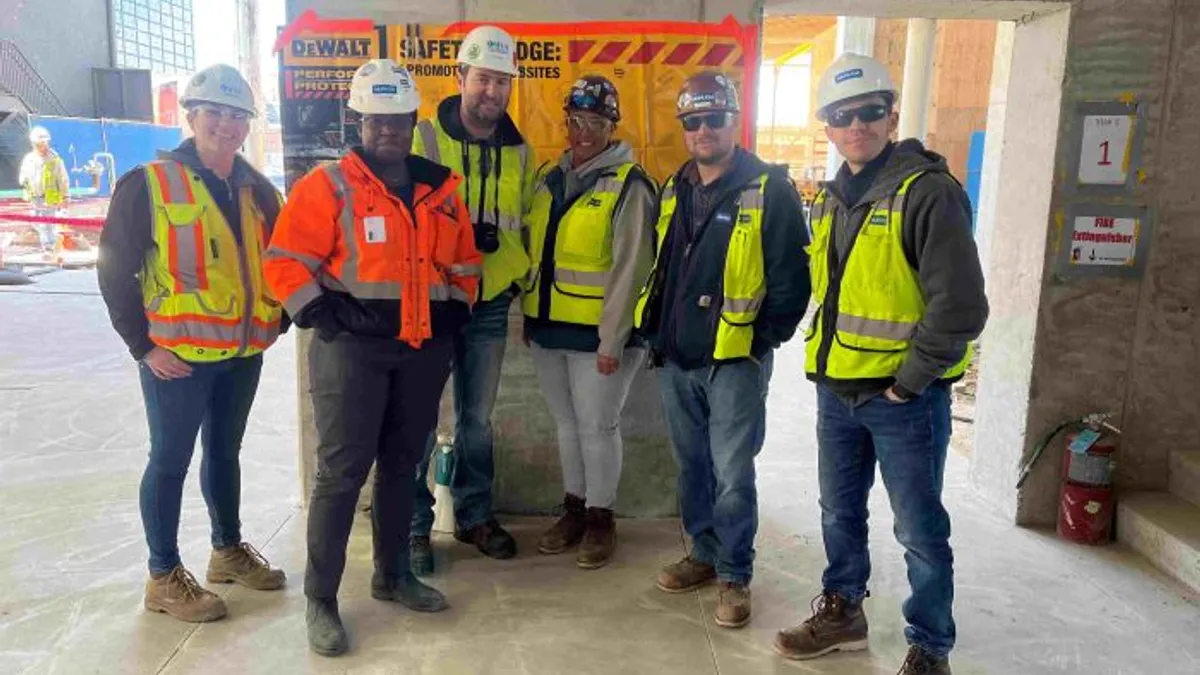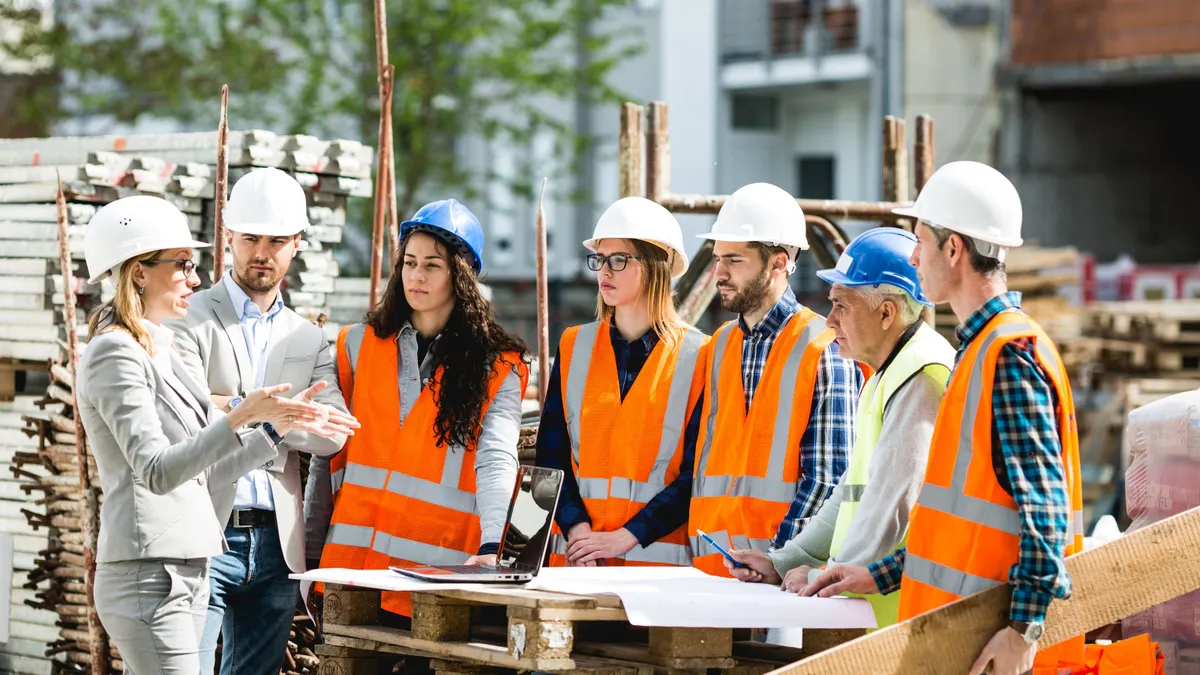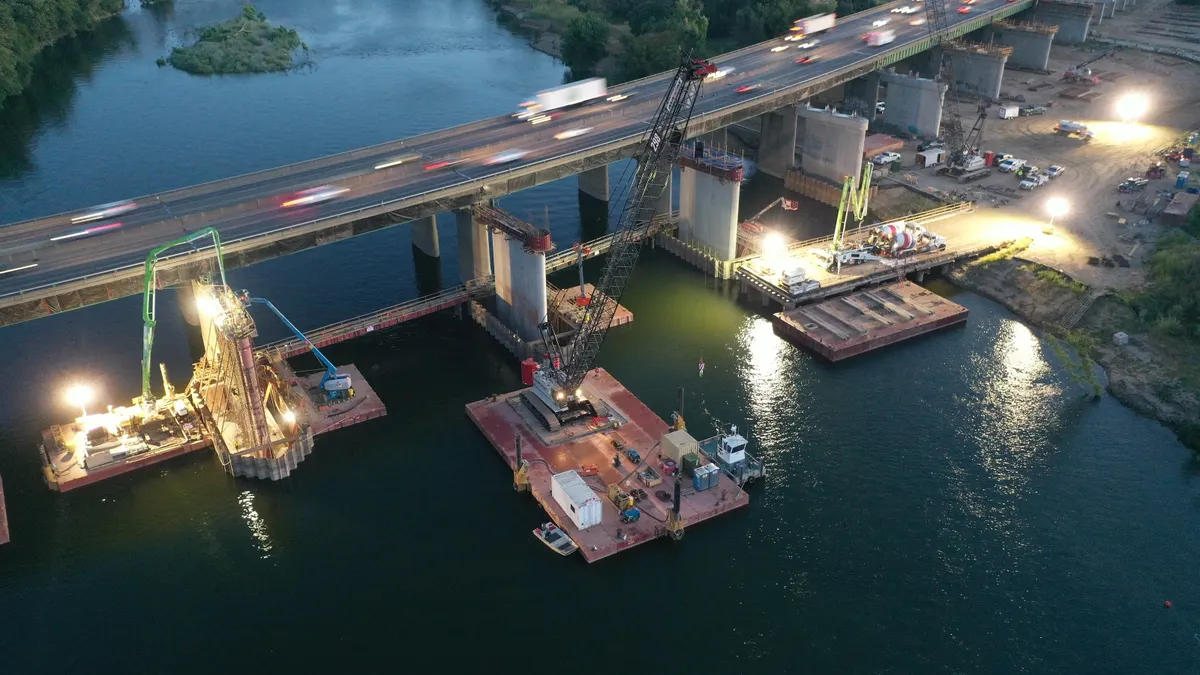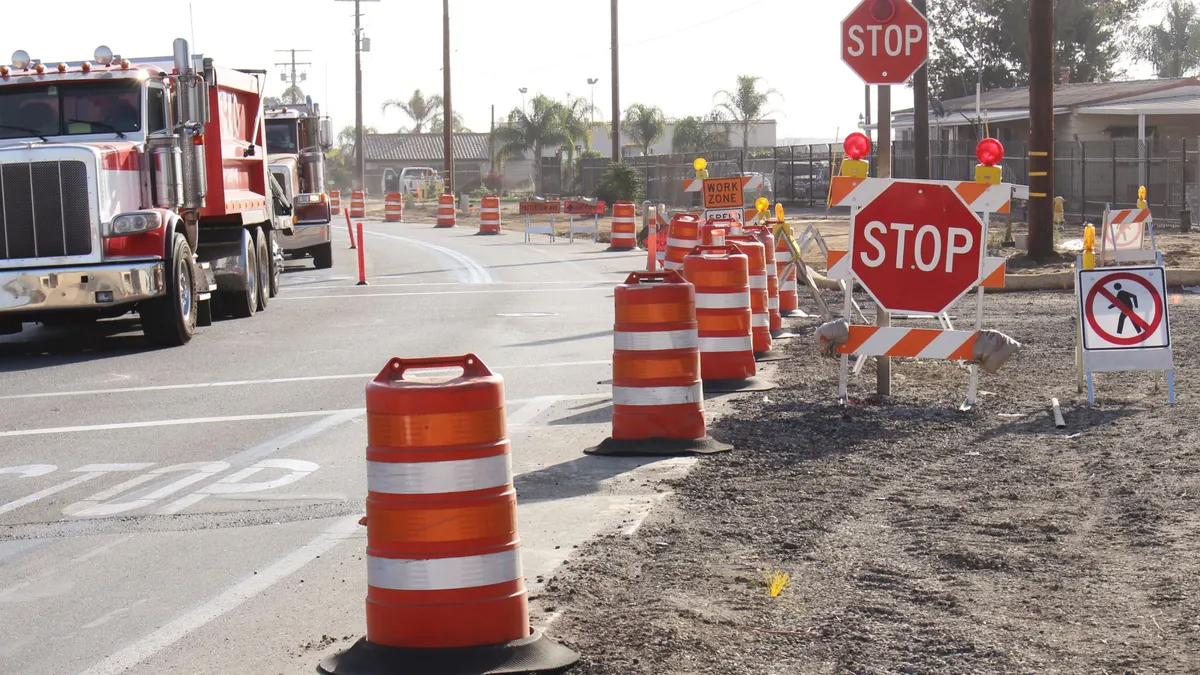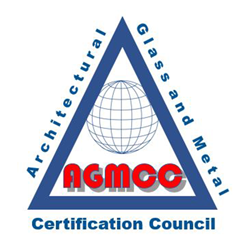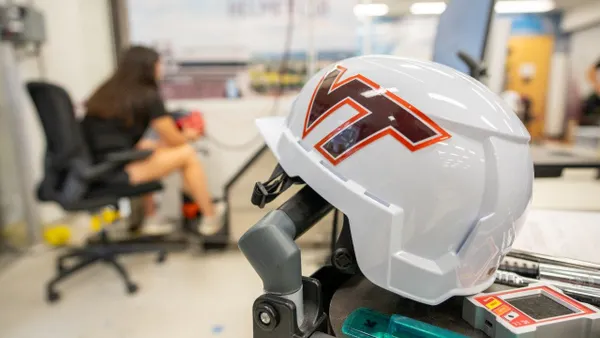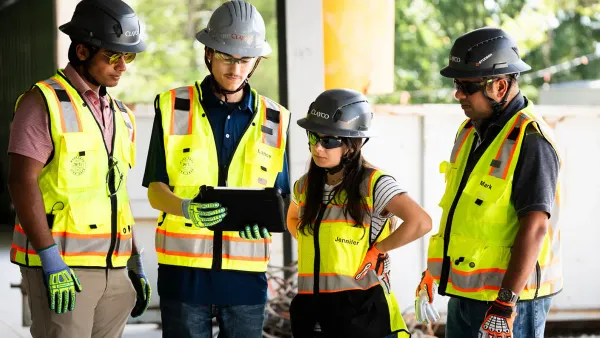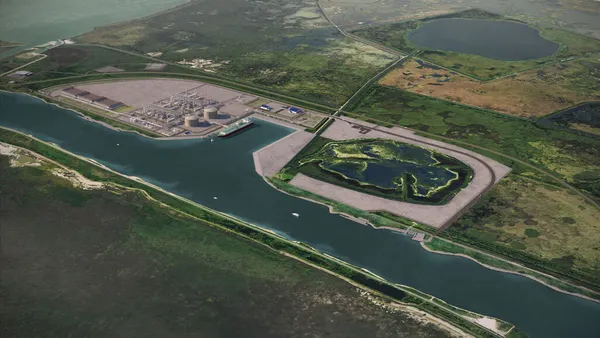Construction Safety Week provides the opportunity for reflection on best practices and a renewed commitment to training and compliance.
But it is also a chance to explore new approaches and techniques that can help continue to improve jobsite safety.
Construction Dive asked several environmental, health and safety leaders working for major players in the industry for the areas firms could pay more attention to in order to improve safety. Their responses run the gamut, from physical and mental health to executing on a well-thought-out plan.
The following responses have been edited for brevity and clarity.
Jeff Palombo, Robins & Morton vice president of safety: A couple of areas that contractors and safety experts should pay more attention to in order to continue improving jobsite safety are the integration of human performance methodologies and data-driven decision-making.
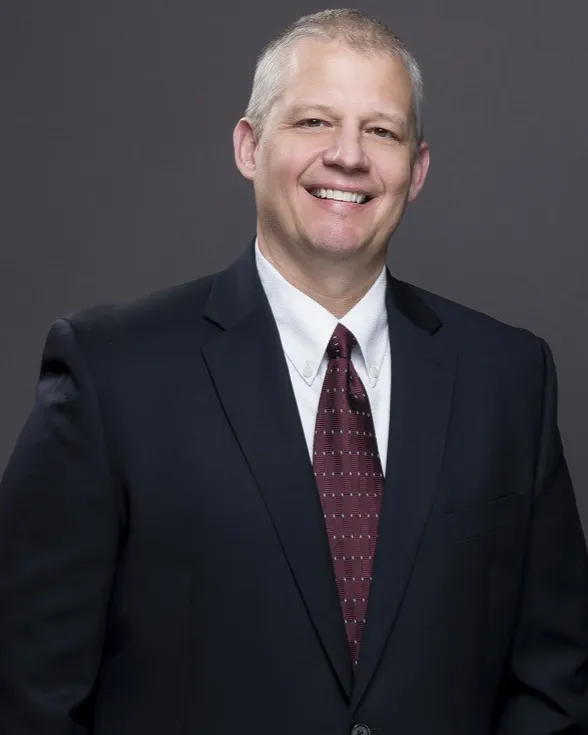
First, by focusing on identifying and eliminating error precursors and latent organizational weaknesses that contribute to human error, contractors can better understand the operating system factors that drive human behavior. Contractors use this understanding to reduce the likelihood and severity of workplace incidents with the integration of consequence-control strategies, building resilience to failure.
Second, by collecting and analyzing observational data, contractors can create a more accurate picture of error-likely conditions and how to improve safety on their projects.
Hannah Waters, Jacobs vice president of global health, safety and environment: In addition to focusing on high-risk activities and onsite safety, our industry could pay more attention to mental health and well-being. While physical safety is paramount, it's important to address the psychological aspects of worker health.
Providing support resources, promoting open communication and fostering a supportive work environment can help mitigate stress, improve overall job satisfaction and ultimately influence safe and secure decision-making.
In collaboration with global mental health professionals, Jacobs developed One Million Lives — a free mental health check-in tool and resources enabling users to check their mental health and access proactive strategies for personal mental health development.
Todd Friis, Clayco senior vice president of risk management: Planning. It sounds basic, but planning is where safety starts and often where it fails. You obviously need to be in the field auditing and observing, but we see a lot of value in laying out good plans before the work even starts. Too many incidents are the result of rushed schedules or incomplete pre-task planning.
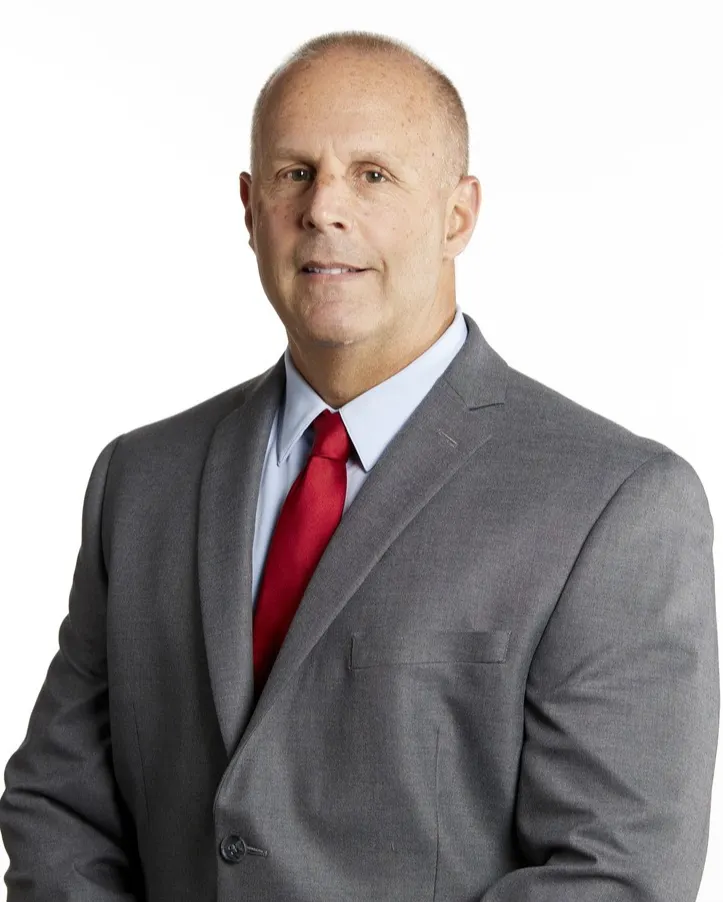
We set up site-specific safety plans for the project that take into account the requirements of our program, plus state and client requirements, before the project even starts. Similarly, before any of our subcontractors start on the job, they have to create their own site-specific safety plan for how their scope of work will be done safely, as well.
We hold daily coordination meetings and weekly look-ahead meetings. We also have each crew complete a daily pre-task safety analysis, an exercise that incorporates all other considerations as they map out how to safely approach their specific tasks for the day.
We find time and time again that the projects and contractors that place a lot of emphasis on making solid plans consistently result in having some of the highest safety performance.
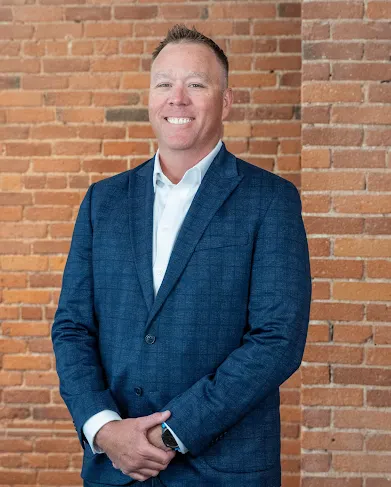
Shaun Carvalho, Shawmut Design and Construction chief safety officer: Ensuring trade partners have a good, safe experience that is built on respect — both physical and psychological — is vital to the industry’s future.
Tradespeople work on multiple sites and for multiple contractors yearly. As construction managers, we must align on providing the best physical and mental health resources and support, creating inclusive environments where everyone can perform their best.
Steve Spaulding, Turner Construction chief environmental, health, and safety officer: First, we need to move beyond the idea that safety is solely the responsibility of the “safety expert.” Safety belongs to everyone.
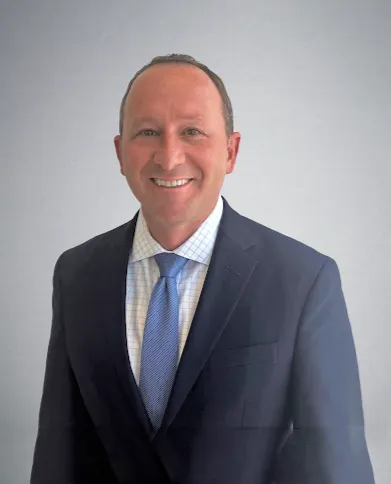
Every person on the jobsite must feel empowered to speak up — to protect themselves and one another. That’s what All In Together (this week’s theme) means to me: a culture of shared responsibility and collective care. Proactive planning for high-risk activities must be a top priority in every conversation, because that’s where the greatest potential for serious injury or fatality lies.
We’ve made real progress in raising the standards of care and building environments where people feel safe and supported. Equally important is continuing to talk openly about mental well-being. The growing attention to psychological safety is a positive shift, and we will keep expanding awareness, resources and support.
Ultimately, the goal is to strengthen a culture where the worker is more important than the work — here safety isn’t a checklist, but a mindset and a mission. It’s about daily acts of care that reflect who we are and what we value.
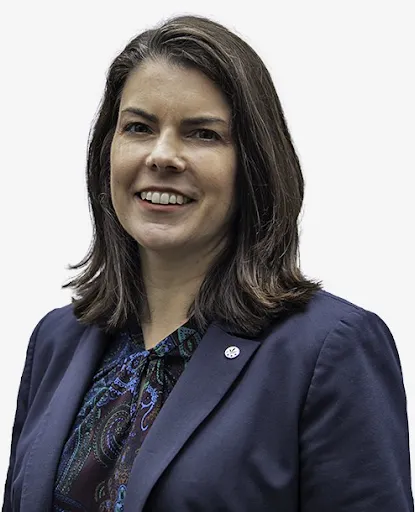
Tricia Thibodeaux, Fluor vice president health, safety and environmental: Contractors and safety experts should focus on cultivating a strong safety culture through demonstrated care and management engagement. When workers feel genuinely valued, they are more likely to adopt safe practices, report hazards, collaborate in safety planning and become safety leaders themselves.
Culture can be elevated through regular safety meetings, open communication channels and visible leadership involvement in safety initiatives. By focusing on these areas, companies can improve jobsite safety and create a safer, more productive working environment for all employees.
Lonnie Schock, DPR environmental health and safety and leadership team member: We believe that ongoing improvements require a focus beyond the typical “physical safety” environment to include holistic/whole-health approaches, including the expansion of the industry’s focus on mental health. Recent studies show that construction workers are at a heightened risk of mental health issues, with a suicide rate that is 3.5 times higher than the national average.
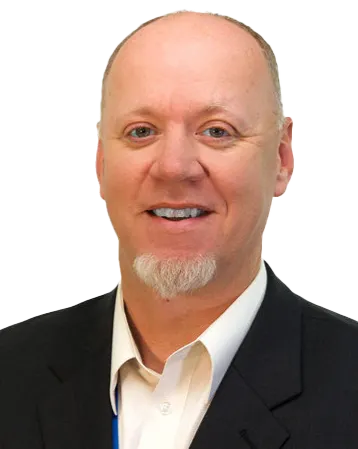
Having a better understanding of personal wellness, nutrition and mental health will help engage teams and lead to safer projects and a safer industry overall. We are working together with our industry partners and peers to raise more awareness on these issues, including recognizing when help is needed, removing the stigma around having these types of important conversations and “working left of the line” to ensure people are healthy in all ways.





